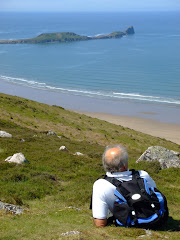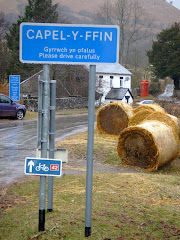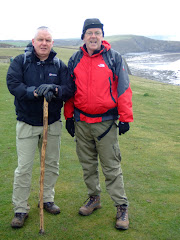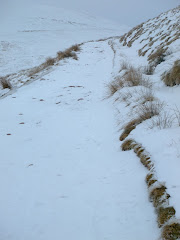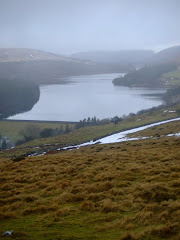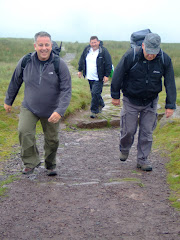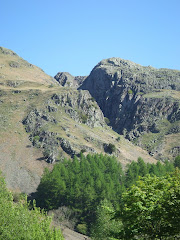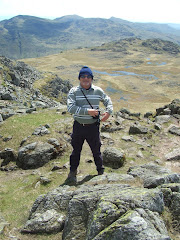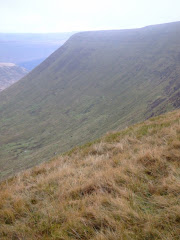 The New York Times front-page story on 2nd August 2008 written by journalist Graham Bowley, attempted to explain the chaos that unravelled on the world's second-highest mountain - K2 which was living up to its lethal reputation.
The New York Times front-page story on 2nd August 2008 written by journalist Graham Bowley, attempted to explain the chaos that unravelled on the world's second-highest mountain - K2 which was living up to its lethal reputation. Hundreds of miles to the north of Everest with its near-perfect pyramid shape, at 28,251-feet the world's second-highest mountain has lured serious climbers to its rock faces for decades. Near the end of a brief climbing season cut even shorter by bad weather, no fewer than ten international teams crowded the mountain's dangerous slopes with their Nepalese Sherpas and Pakistani High Altitude Porters (HAP's), waiting to ascend.
Finally, on 1st August, they were able to start the ascent. From professional Dutch climbers to an independent Basque, Norwegians to a 61-year old Frenchman this cosmopolitan mix set out for the summit working in some form of dis-organised serendipity. The climbers sensed that there was probably some safety in numbers, and by early afternoon, despite two early fatalities, 19 climbers made the fateful "group" decision to carry on. This committed them to the twin sins of a tricky late summit assault and a dangerous dark descent.

But hindered by poor judgment, lack of adequate equipment, and overcrowded conditions, the last group did not summit until nearly 8 p.m. hours later than originally planned. Exhausted they punched the thin air in mock celebration - joining the elite band who have conquered the world's most lethal mountain. About the time many of the climbers were euphorically taking the obligatory photo and calling their families from the summit - a giant serac collapse wiped out the fixed ladders and ropes hundreds of feet below the climbers, changing the terrain and creating a volatile funnel ripe for avalanches. Small errors and bad decisions made earlier in the day would ultimately create a wide-scale disaster, and an already risky descent became a nightmare free-for-all.

More than a dozen climbers and porters still above the Bottleneck — many without oxygen and some with no headlights — faced the near impossible descent in the darkness with no guidelines and no essential safety measures. Over the course of the chaotic night, some would miraculously make it back. Others would fail.

The extraordinary narrative certainly grabbed my attention from start to finish, in the same way that K2 must captivate the hardened mountaineers that attempt to reach the summit. I found the passage when the Dutch climbers Wilco van Rooijen and Cas van de Gevel embraced each other after van Rooijen had incredibly spent two frost-bitten nights bivouacking in minus 30 degrees above the Shoulder, to be a really emotional moment.
The research carried out by Graham Bowley, who interviewed all of the survivors, helps him to describe what actually happened on K2, as if you are actually standing on the Bottleneck watching it all unfold as it happened. It is a harrowing account of the true brutality of climbing K2, where heroes emerge and inflated egos are reduced - the only thing that actually achieves immortality is the cold ruthless mountain. It is a riveting and powerful story of an extraordinary tradegy.
This video has also been produced in the form of a movie trailer - only it's to advertise the book. I would recommend that you make the time to read this book.




























